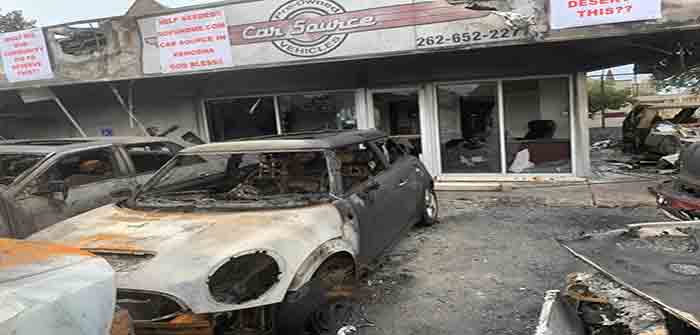
Contrary to corporate media narratives, up to 95 percent of this summer’s riots are linked to Black Lives Matter activism, according to data collected by the Armed Conflict Location and Event Data Project (ACLED). The data also show that nearly 6 percent — or more than 1 in 20 — of U.S. protests between May 26 and Sept. 5 involved rioting, looting, and similar violence, including 47 fatalities.
ACLED is a nonprofit organization that tracks conflict across the globe. Its U.S. project that collected the summer protest data is supported by Princeton University. The project’s spreadsheet collating tens of thousands of data points documents 12,045 incidents of U.S. civil unrest from May 26, 2020 to Sept. 5, 2020. May 26 is the day after George Floyd’s death in police custody with enough fentanyl in his system to have died of an overdose if police had never touched him.
Of the 633 incidents coded as riots, 88 percent are recorded as involving Black Lives Matter activists. Data for 51 incidents lack information about the perpetrators’ identities. BLM activists were involved in 95 percent of the riots for which there is information about the perpetrators’ affiliation.
Early estimates from insurance agencies say the cost of this summer’s rioting will set a record surpassing that of the 1992 Rodney King riots, which cost an inflation-adjusted $1.2 billion. Much of that will be paid by taxpayers in the form of overtime and hazard pay for police and EMTs, emergency room visits, destruction of public property, and more. Of course, rioters are inflicting these costs during a time governments, and the people who fund them, have fewer resources due to coronavirus shutdowns and pent-up entitlement obligations.
A look at an interactive map illustrating the data shows just how widespread the summer BLM-linked rioting has been. It has not been limited merely to anarchist strongholds such as Portland, Oregon, or locales that saw media-spotlighted violent interactions between police and suspects, but has stretched across both major and minor U.S. cities and included dozens of locales with no violent police incidents this summer.
Here are some screenshots of the map. The circle size indicates the number of riots…
Continue Reading